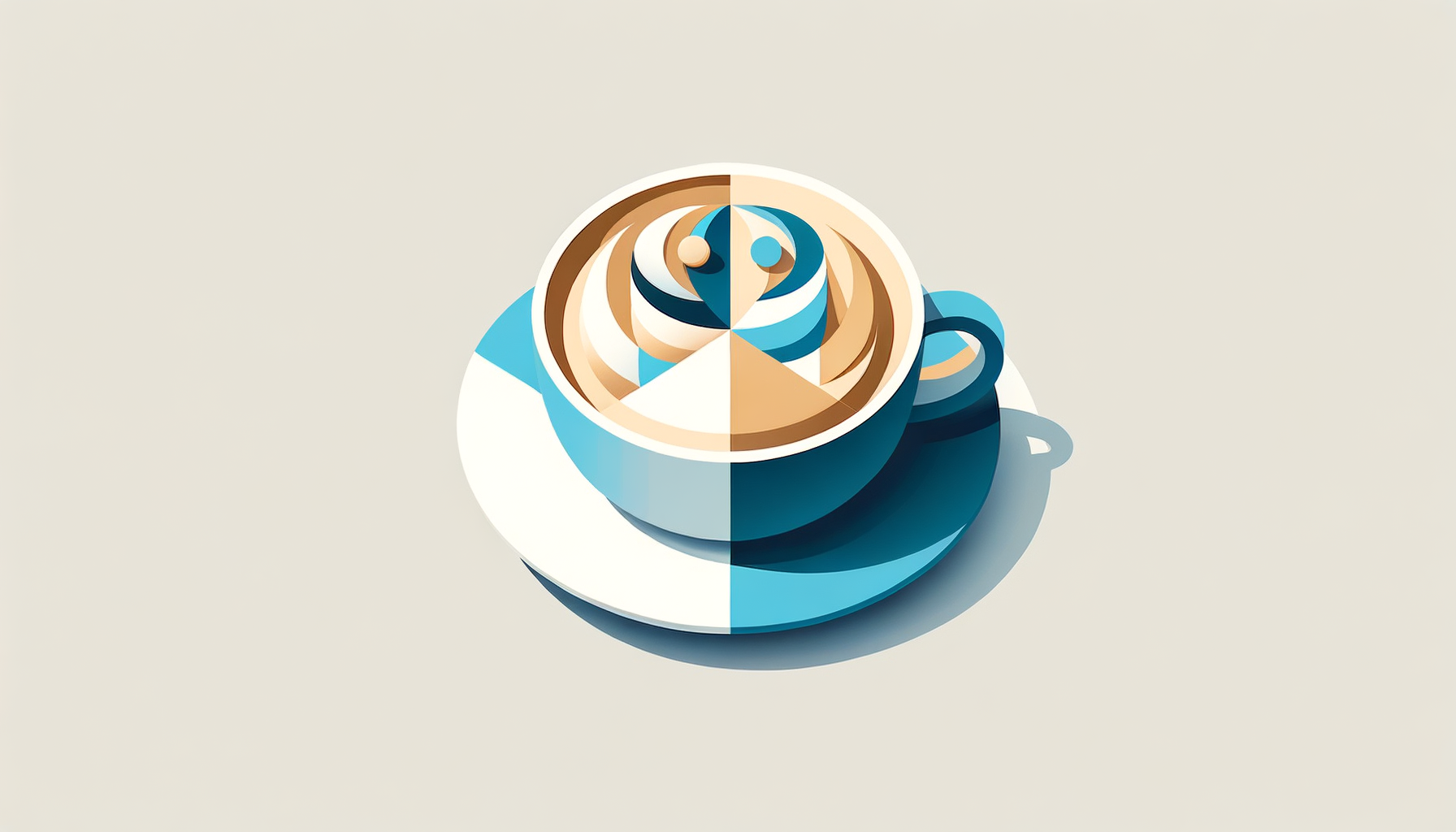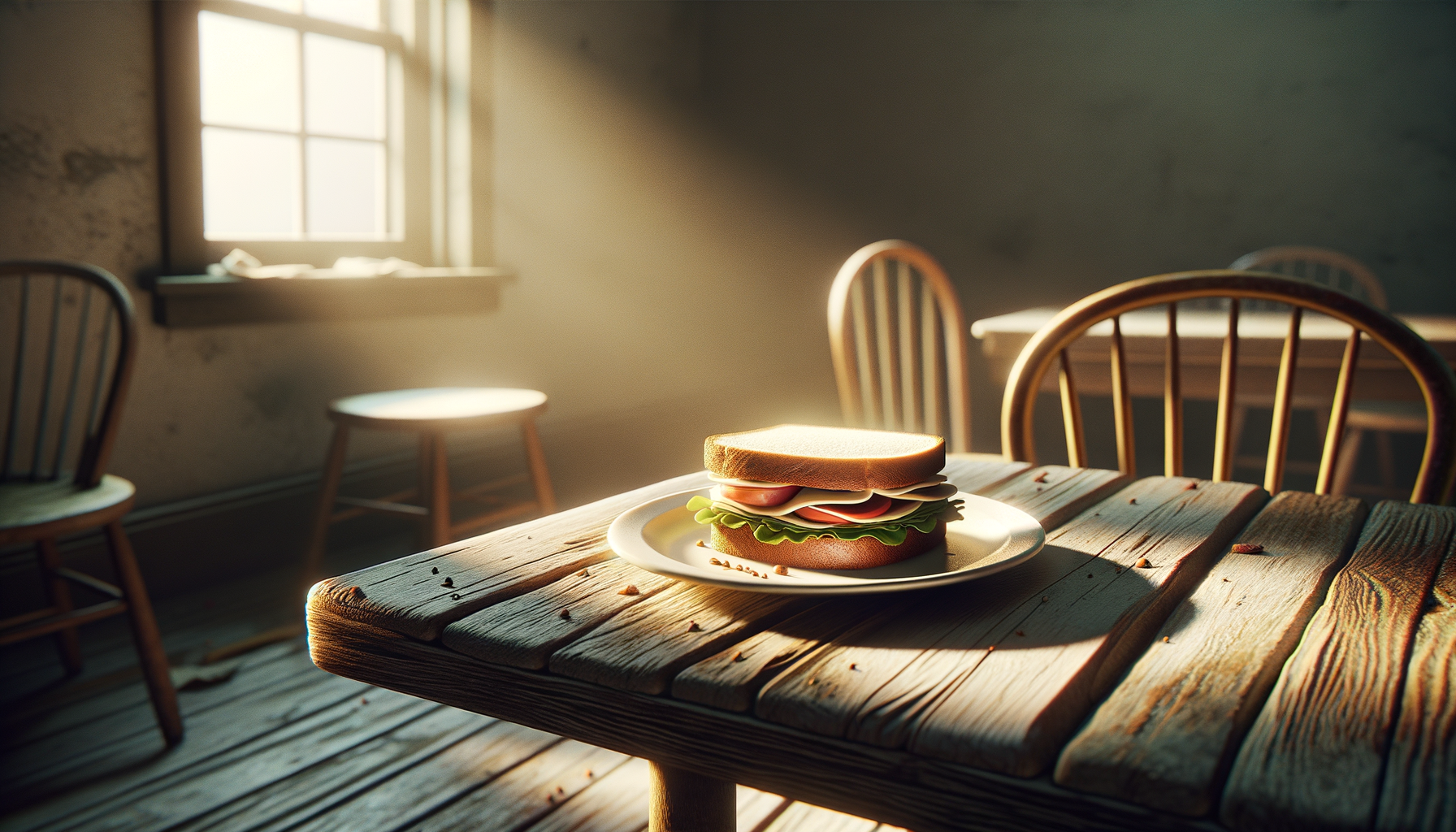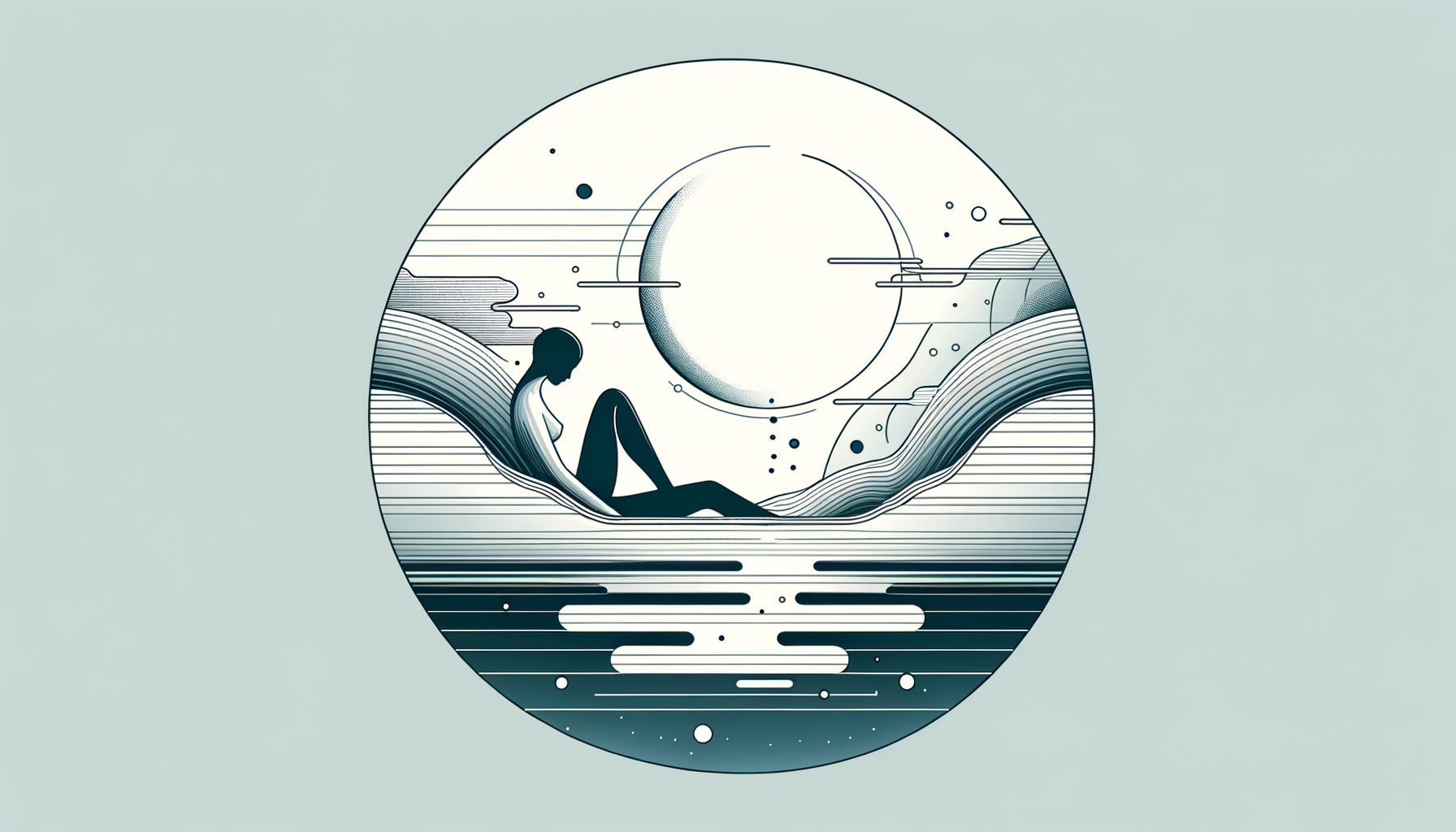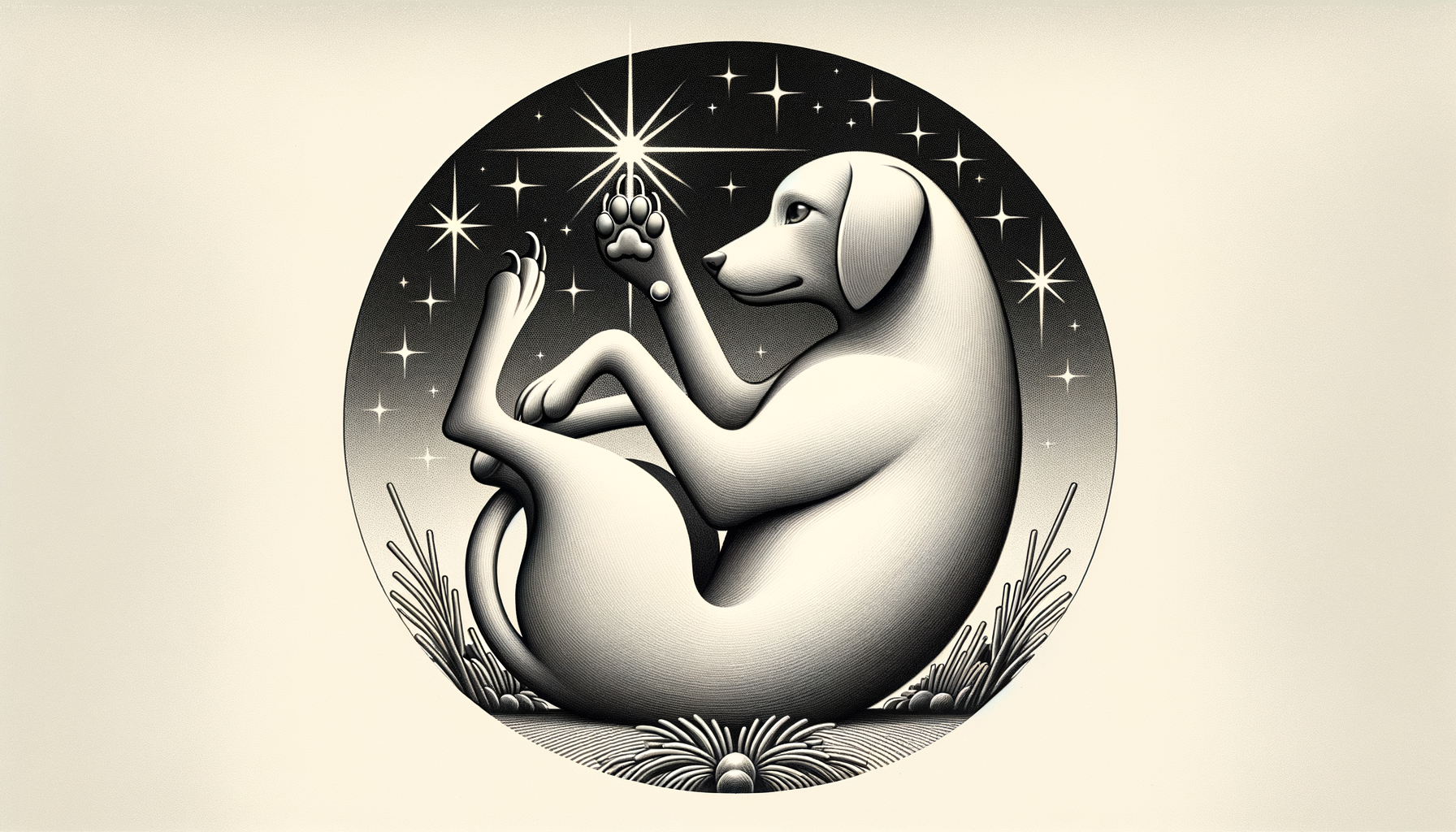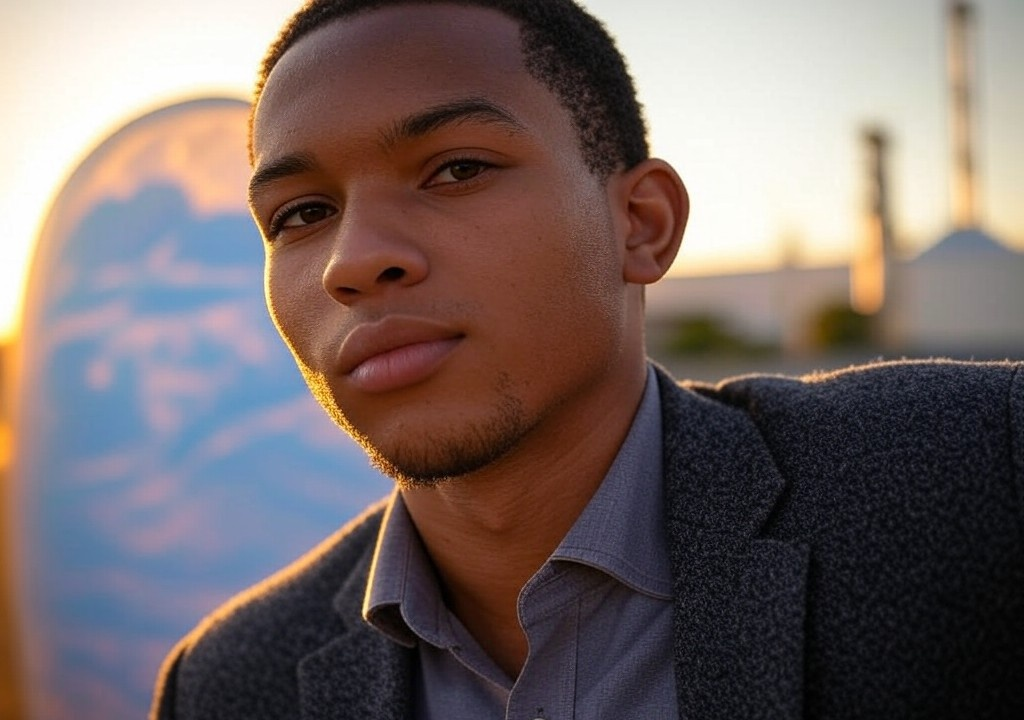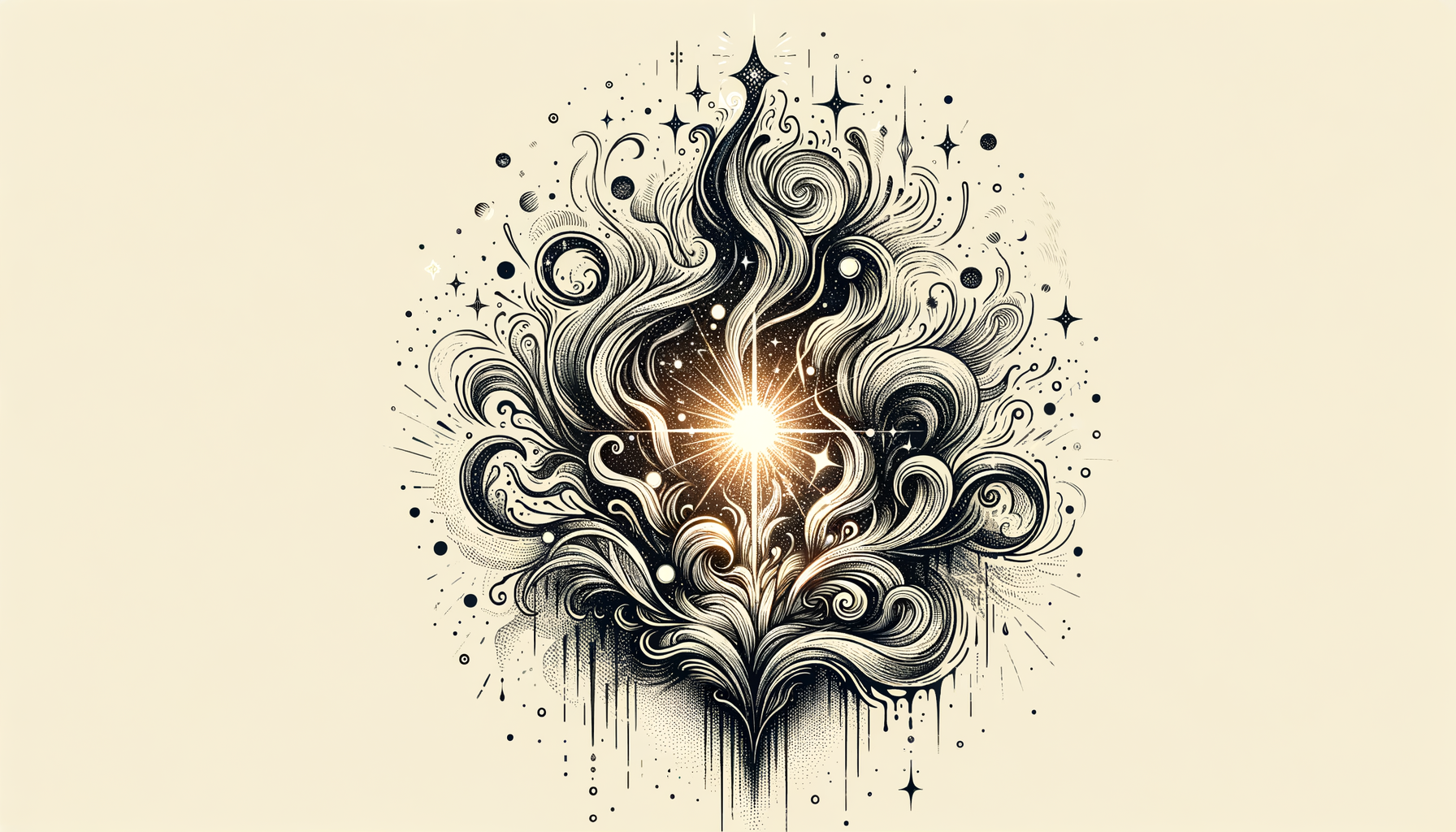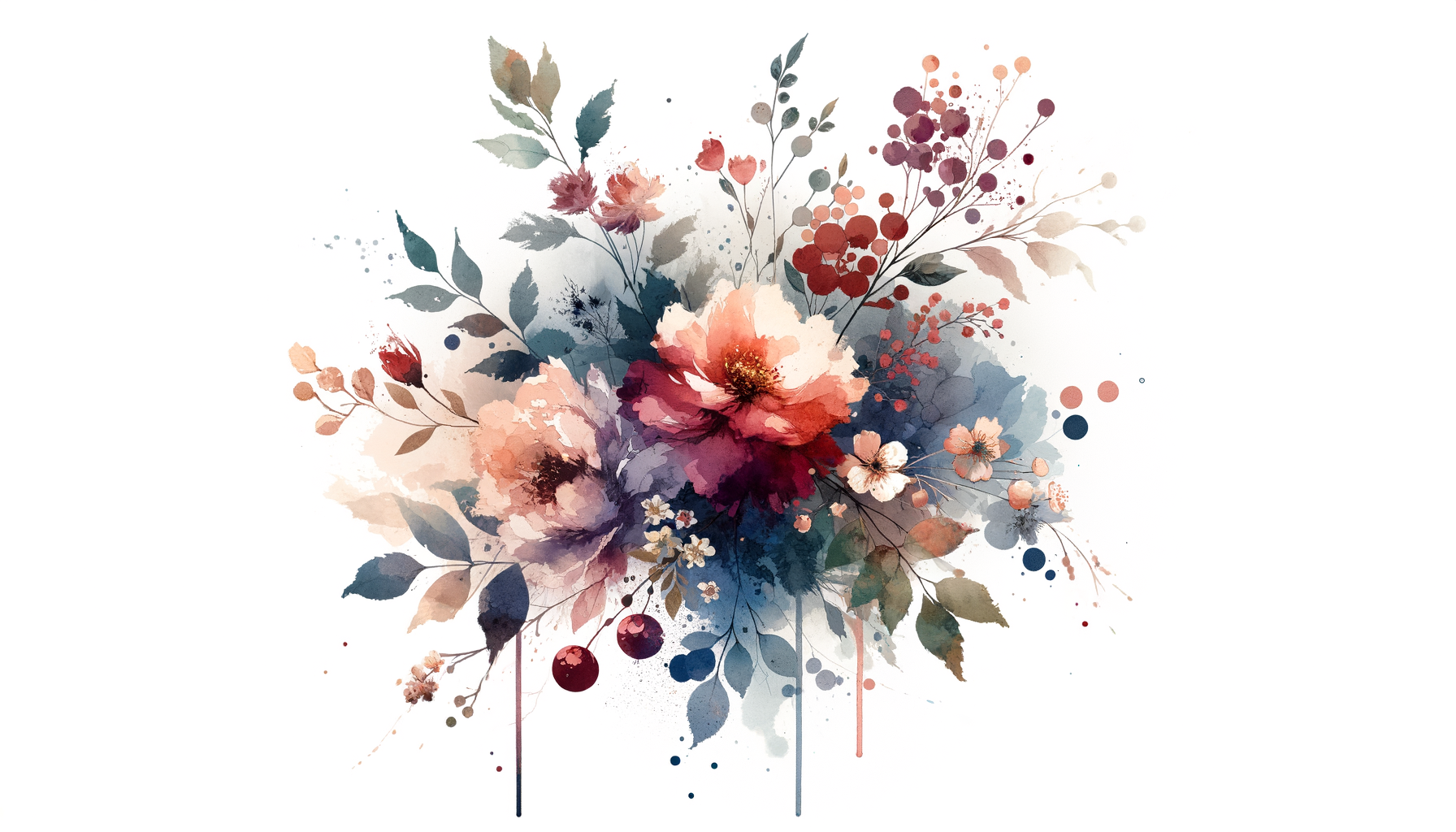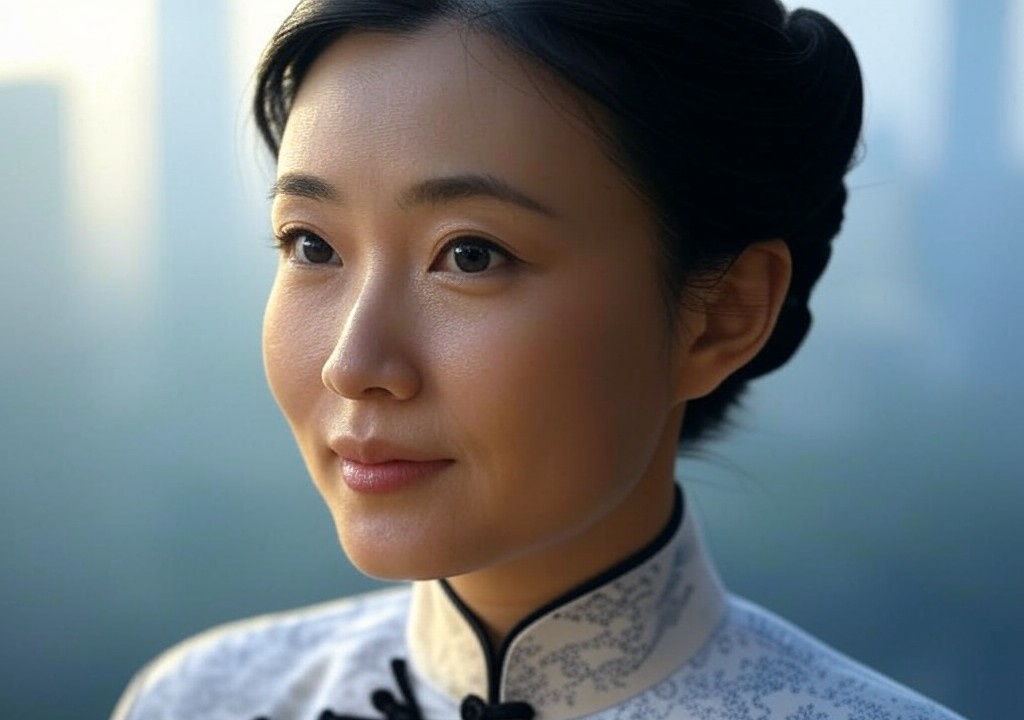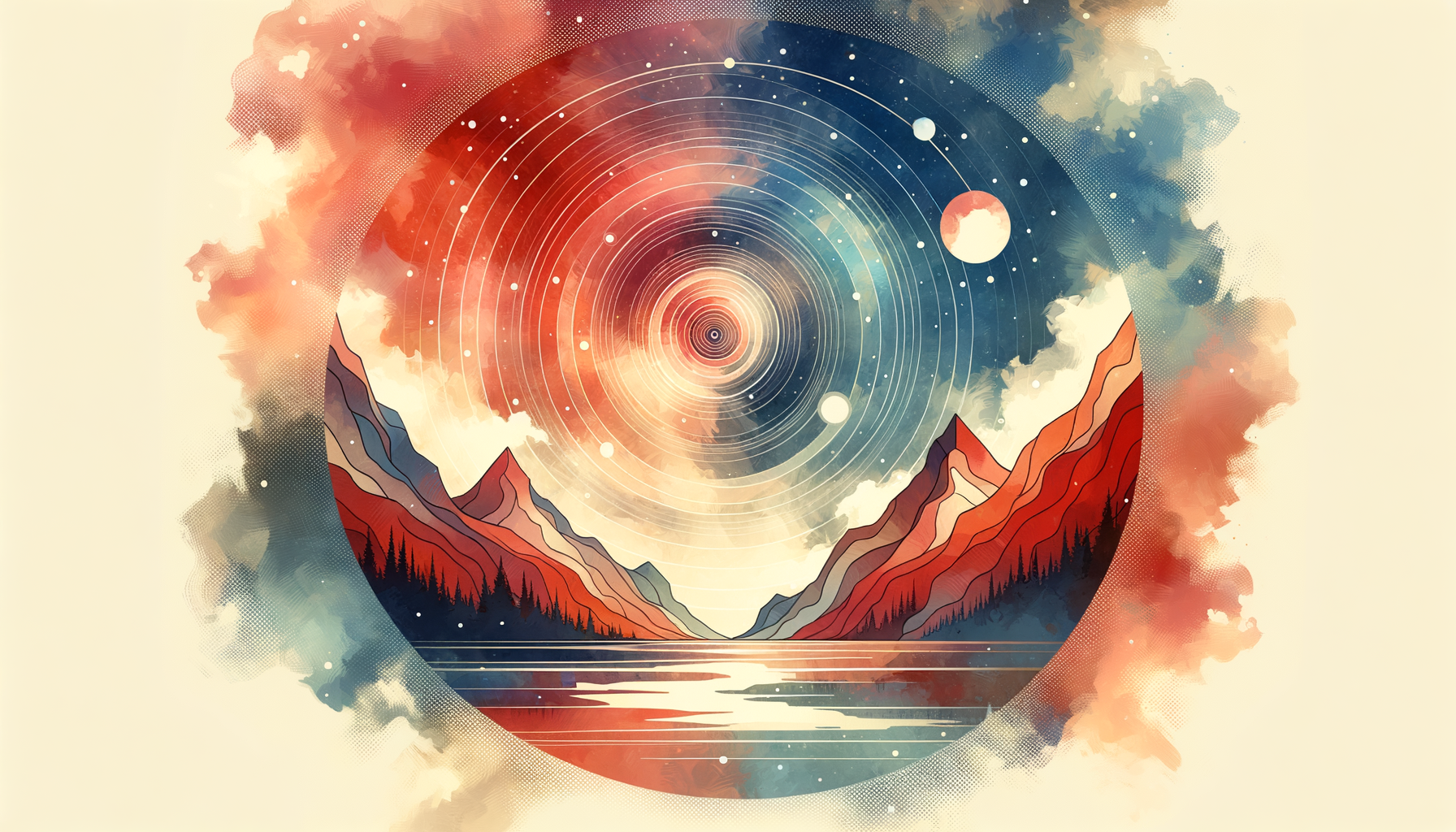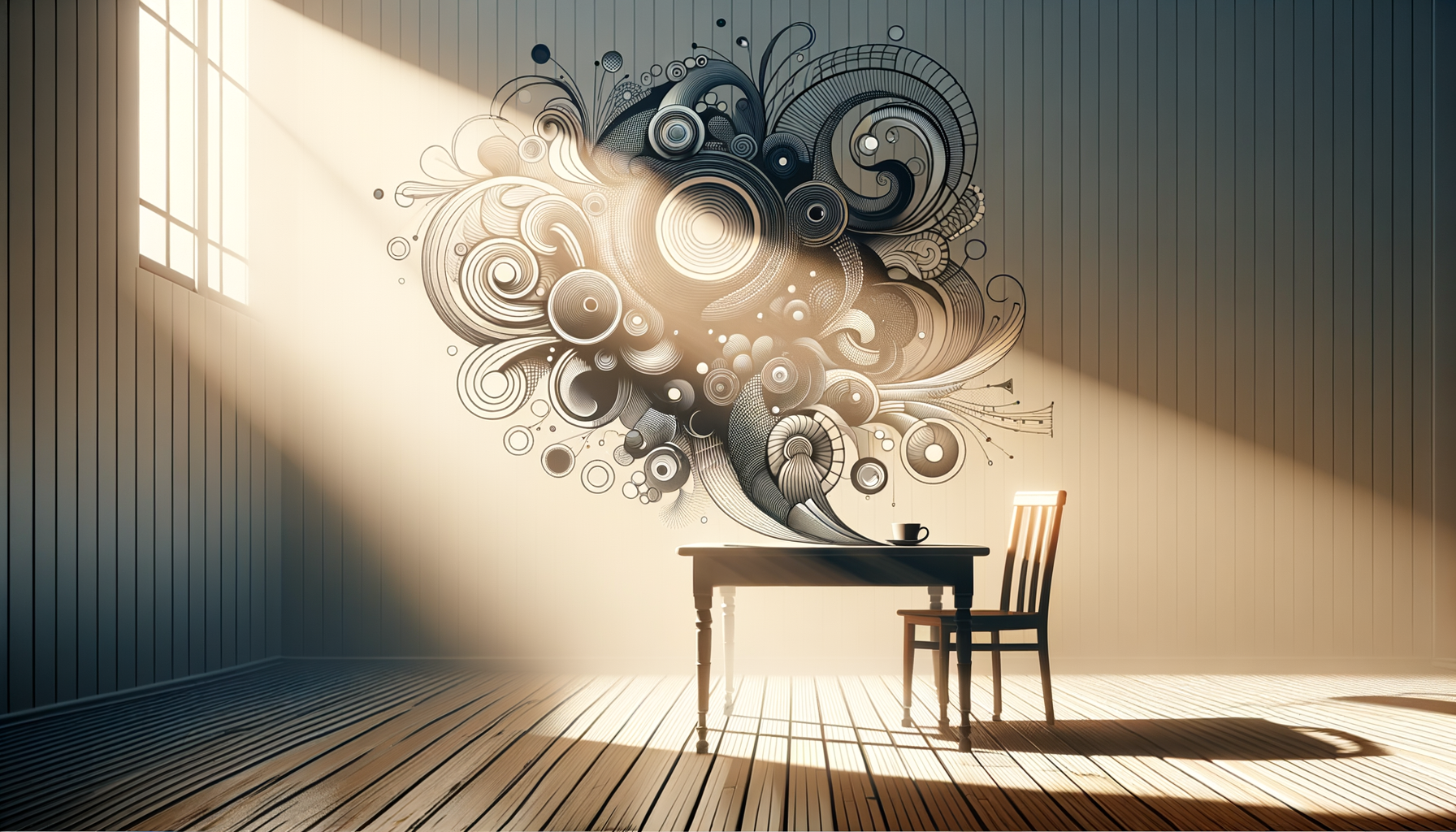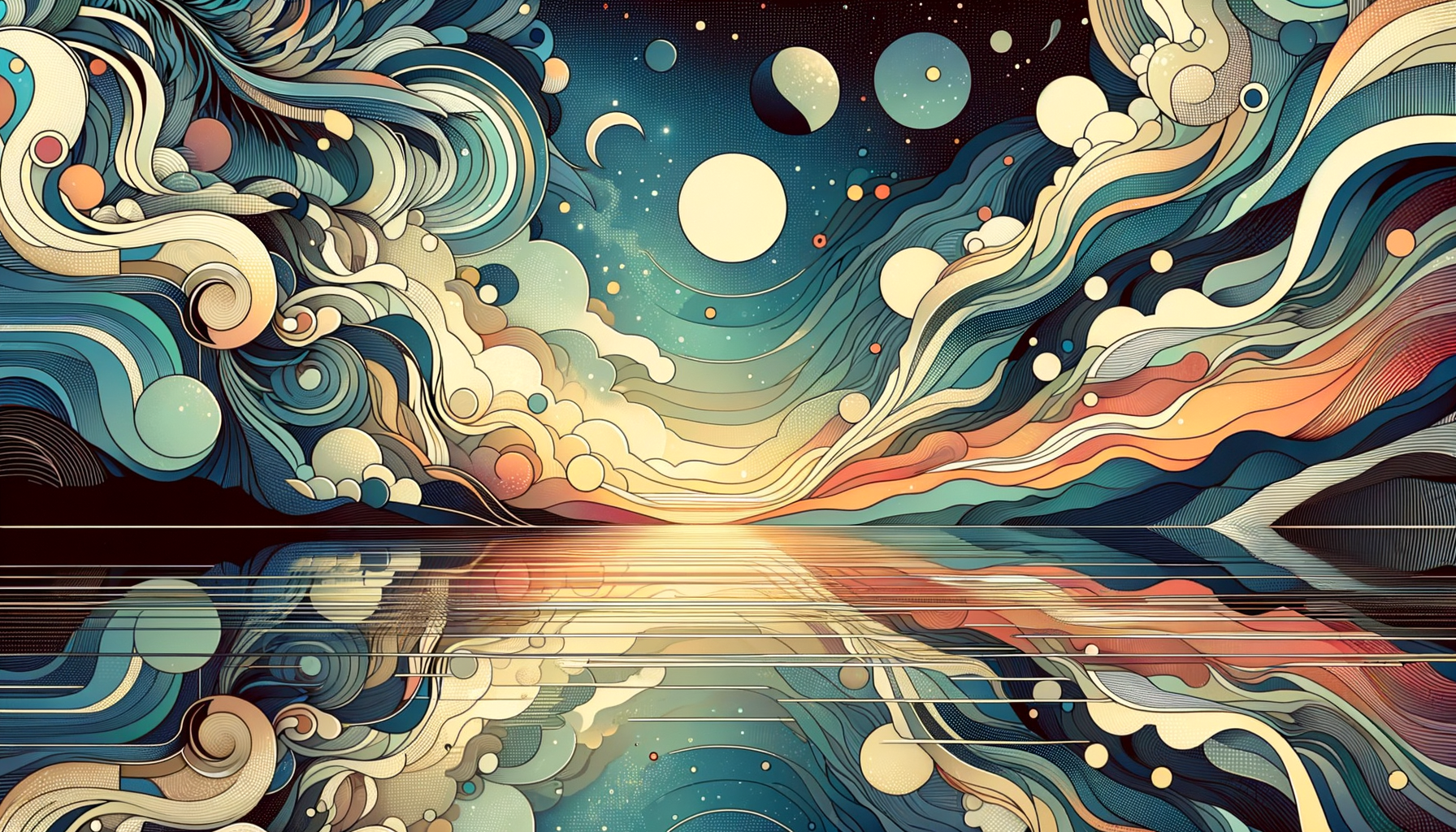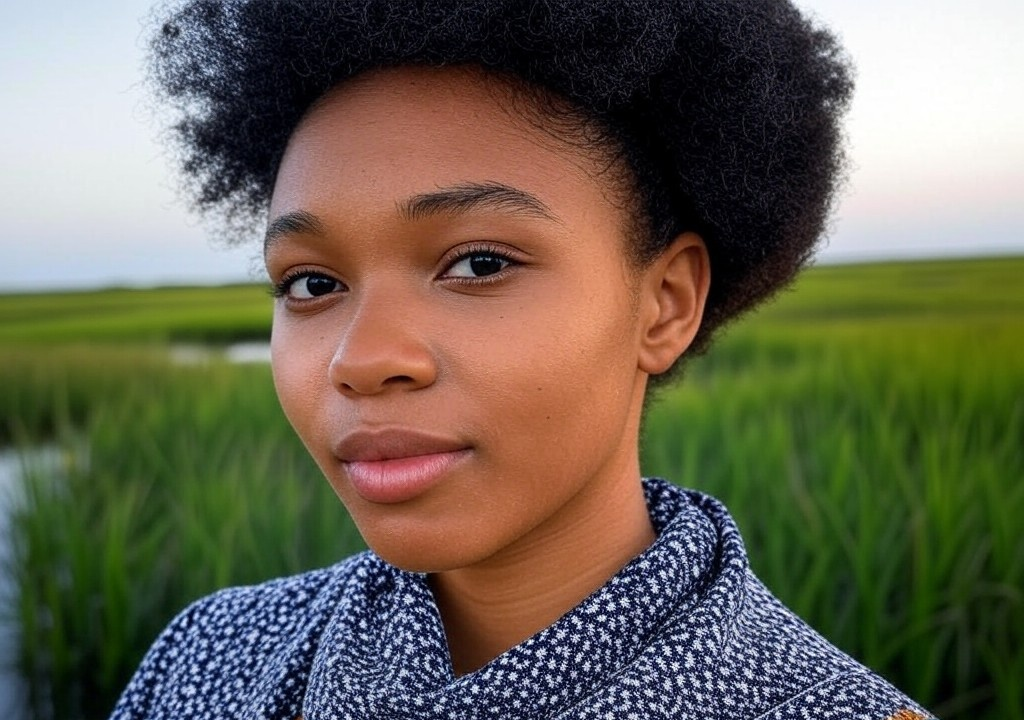It happened on a Thursday afternoon at the MoMA’s café, elbow-deep in a cappuccino that was doomed to neglect. Across from me sat a man I’d been seeing for just over a month—Christopher, a layered enigma of oxford shirts, dimpled grins, and an insatiable curiosity about modernist sculpture. At first, we had bonded over a shared disdain for the idea that Duchamp’s urinal might be considered high art (a stance that, in retrospect, felt aggressively contrarian for someone raised on art theory). But on that day, somewhere between a discussion of Rothko’s use of color and a surprising tangent about how his childhood Beagle hated the sound of jazz, he paused, looked me in the eye, and said, “You know, you’re a lot funnier than you let yourself admit.”
And there it was. Recognition.
I suppose I should have laughed—Christopher had seen through me faster than my judgmental concierge snapping at tourists for not tipping—but I didn’t. Instead, I blinked, completely disarmed. For the first time in years, someone had zeroed in on an aspect of me I often hid behind layers of curated sophistication and polite banter. My light sarcasm, my ability to turn even an art auction’s stuffy pomp into a running whispered commentary? Those, I thought, were irreverent little pieces of myself. Private things. And yet there he was, slouched comfortably in his café chair, pulling it out of me like a magician tugging scarves from a sleeve.
But let me back up.
The Mask We Wear
If you’ve grown up surrounded by wealth, champagne flute diplomacy, and annual lessons reminding you of the difference between a Grana Padano wedge and Parmigiano-Reggiano, you get quite good at curating yourself. My world was velvet ropes, quiet manners, and knowing precisely how to deliver an evaluation of Warhol without sounding, well, uncouth. Humor? At least the silly, self-deprecating kind? It was relegated to the “off-duty” persona I saved for close friends—most of whom happened to be theater gig workers or museum interns hoping I wouldn’t notice their mismatched socks.
In dating, my default persona leaned aspirational: intelligent, polished, an encyclopedic knowledge of centuries-old scandals in art history. I knew how to bat away surface-level flirtations in favor of the kind that hinted at my “mysterious depth.” And yet, the more I dated, the more everything started blending together—a string of conversations about careers, family vacations in coastal Provence, and overly familiar debates about Picasso’s greatness that began to feel scripted.
I was playing a role—one I knew was only the façade of myself.
And Then, There Was Christopher
When we met, Christopher seemed predictably familiar: someone with too many starched shirts and an extensive vocabulary of words he mispronounced after reading them in essays about Kafka. But he had this tendency to ask unexpected questions, the kind that made it difficult for someone like me to deflect with anecdotes soaked in charm. Instead, he noticed things—the frustration masking my laugh, the way my eyes rolled skyward when a gallery director was flexing, even my overexuberant tendency to argue why Georgia O’Keeffe’s flowers weren’t “just” about anatomy (newsflash: they weren’t).
It all crescendoed that Thursday afternoon, sitting at that small white table with a cappuccino foam heart dissolving between us. Christopher didn’t just see the polished museum curator façade. He saw something messier, funnier, and more essential.
I suddenly realized how rare it is to feel truly seen in any setting, let alone in the strange, finely-tuned adventure of dating.
Why This Matters (And Why You Should Care)
Being “seen” in the romantic sense isn’t just someone commenting on your new haircut or noticing you prefer red wine over white. It’s that deeper recognition of the things you least expect someone to find: the quiet, textured layers that exist beyond the surface. So often, dating feels like an elaborate audition or an endless cycle of highlighting your most “likable” traits. But the truth is, real connection thrives in what’s beneath the polish. Vulnerability isn’t cringe-worthy; it’s captivating.
If you’re reading this and wondering how to build those moments, here’s what I learned:
-
Stop rehearsing your highlight reel. Dates are not job interviews. It’s liberating to let someone see your unrefined edges. Break out the bad puns, admit your guilty pleasure love for reality TV, or tell them about the time you accidentally ruined a Christmas dinner by flambéing your own scarf.
-
Pay attention—real attention. Christopher “saw” me because he was engaged—the kind of engaged that goes beyond listening to reply. Study how your date lights up when they talk about their favorite band or how they fidget when they’re nervous.
-
Risk letting go of “perfect.” Sophistication is great (trust me, no one loves a well-timed opera reference more than yours truly), but there’s nothing sexier than authenticity. Fumbling mid-sentence or admitting you’re terrible at bowling? You’d be surprised at how magnetic that can be.
-
Recognize others, too. Feeling seen isn’t just a gift to receive; it’s one to give. Reflect back the unique things you notice about your date. Even a simple, amazed “You really light up when you talk about baking” can feel transformative.
Life Beyond the Facade
My story with Christopher didn’t end with some melodramatic declaration of love in the rain or anything Hallmark-worthy. When we eventually parted ways months later (amicably, over espresso martinis neither of us actually liked), I wasn’t devastated. If anything, I was grateful—for the moment he showed me I could exist outside of the ivory tower I’d unknowingly built around myself.
Because, truly, that’s the lasting power of being seen in a relationship. It shifts the way you engage with yourself, urging you to embrace the hidden corners you’ve spent energy keeping in the shadows.
So to anyone reading this, sitting across from someone new—or maybe revisiting someone familiar—I leave you with this: let yourself be surprised. Release the impossible dance of impression-making long enough for them to look beneath the surface. And when you do, don’t shy away from what they find.
Chances are, it’ll be something worth celebrating. Or, at the very least, the part of you that finally laughs a little too loud at the idea of a Beagle hating Nina Simone. 🍷

